Written by, Alan Morgan
Cambodia experienced three decades of civil war during the darkest period of its modern history. Under the genocidal Khmer Rouge regime (1975-1979), Cambodia experienced massive destruction to its education system and the intelligentsia, with intellectuals and educated people, including teachers, professors, government workers, and people speaking foreign languages or wearing glasses, being targeted for execution (one of whom works at This Life).

Over the past two decades, a peaceful and stable Cambodia has seen economic growth, social development, educational reconstruction, and poverty reduction. Cambodia has been one of the world’s fast-growing economies, leading to a substantial decline in poverty. But let’s be frank, although Cambodia is undergoing significant urbanisation, most of its 17 million citizens live in rural areas and experience crippling poverty.

Cambodia’s economic growth in 2023 will be underpinned by three main economic sectors: industry, services, and agriculture. The Cambodian government’s vision is to transform the country into an upper-middle-income country by 2030 and a high-income country by 2050. This is a VERY tall order. To become an upper-middle-income country, Cambodia needs at least a GDP per capita of US$4,046 — a near-threefold increase within eight years!

To sustain economic growth and sustainable development, Cambodia needs to invest in upgrading the skills of its workforce. It must increase its investment in education, research and development and become a knowledge-based society.
Cambodia greatly emphasises its educational systems by continuously increasing national budget allocations for the education sector, which is considered a key driver of social and economic development.
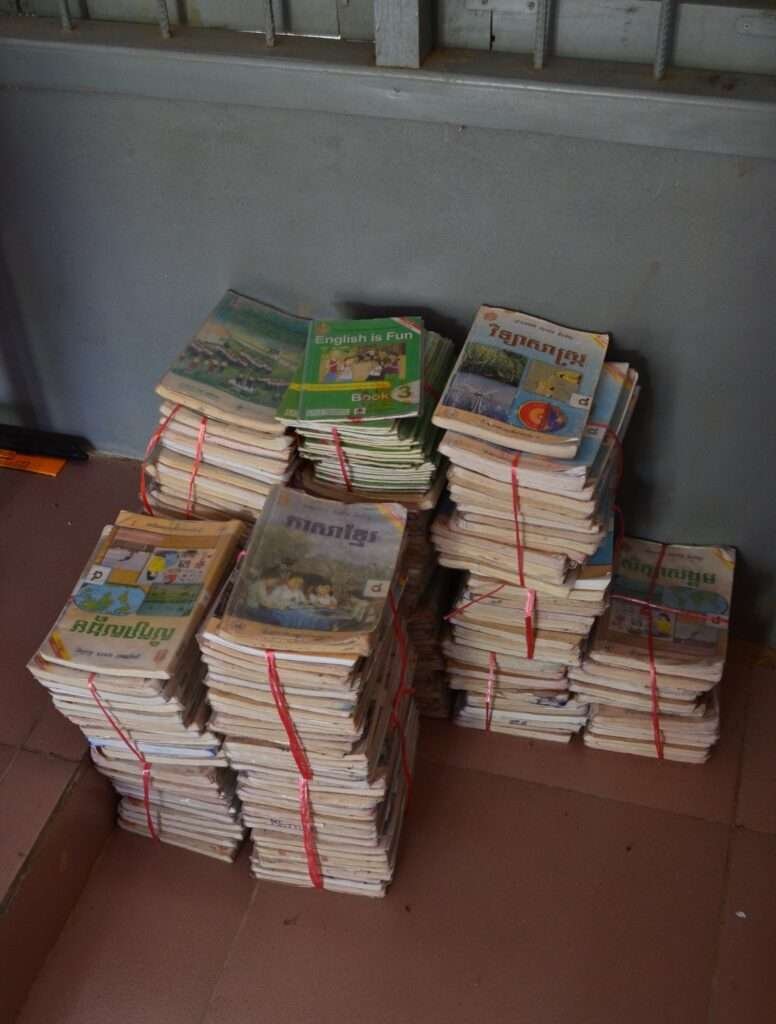
Formal education in Cambodia consists of general and higher education. Public education is structured as 6+3+3, composed of six years in primary school, three years in lower secondary school, and three years in upper secondary school. Although Cambodia provides free education from grade 1 to grade 12, many parents with sufficient financial resources prefer to send their children to private schools. However, students from both state-run and private schools need to take the same grade 9 and grade 12 national examinations.

Suppose Cambodia is to achieve its ambitious goals of becoming a knowledge-based society and an upper-middle-income country within the next decade. In that case, significant efforts are needed to improve the country’s education system, regardless of the positive developments in recent decades. The Cambodian government must expand its educational provision, improve educational infrastructure, and ensure that young people, especially female students, are in school.
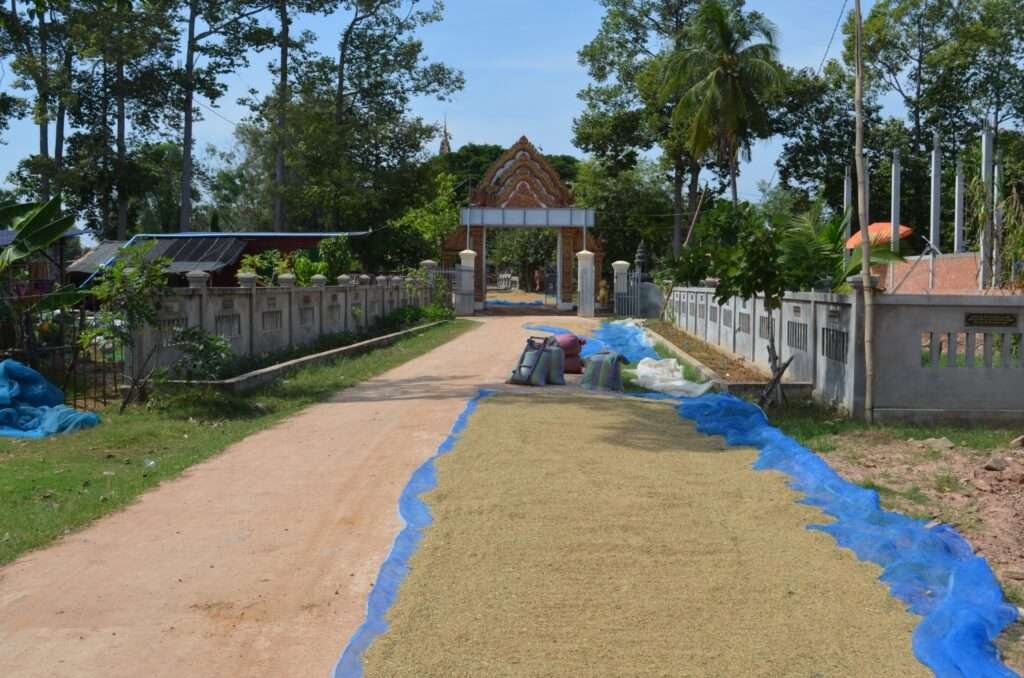
With its higher education and training performance ranked 124th out of 138 countries in 2017, Cambodia will need help to become a knowledge-based society. This Life and its program, This Life in Schools (TLIS), comes in here.
This Life was founded in 2007 on the principle that local communities are the central experts in determining the improvements they wish to see in their daily lives. We work with communities to articulate and address their difficulties, providing the tools, training, skills and support to tackle their needs.

This Life in Schools (TLIS) is a program we have run since 2009. The TLIS program is a 3-year, community-driven model for secondary school development that focuses on empowering communities to mobilise around education and take ownership of improving their local secondary school. The program also engages with local authorities and the District and Provincial Offices of Education so that schools can better advocate for gaining support for their priorities. It works to empower communities to take ownership of their state secondary school to drive improvements at the local level.

Although the enrolment rate in primary schools is considered satisfactory at 87.7%, completing a full education in Cambodia is still a privilege for the lucky few. Only 45.1% of children complete grade 9 of school in Cambodia. Many drop out to supplement the family income or search for work away from home, particularly in the most rural and disadvantaged communities. TLIS aims to improve education access and quality by engaging community members in secondary school development.

Since its inception in 2009, the TLIS program team has worked with 31 secondary schools across Siem Reap province. The program has supported 9,272 students, 287 teachers and 551 school support committee (similar to a parent-teacher association) members.

In the last financial year, the TLIS program team supported 16 secondary schools across Siem Reap province and delivered leadership training to 476 school support committee and student council members. As the quality of education improved, they reached 4,118 students who benefitted from community-led secondary school development.

Thanks to the efforts of the TLIS program team, the various communities they work in raised $103,451 for the betterment of their schools, a massive increase from the $86,000 raised in the previous financial year. The program also saw a 23% increase in community members and parents consulted on education and school development through the events and forums we hosted.

TLIS is making a tangible difference in the lives of Cambodian schoolchildren. We have ambitions to take this program nationally, but it needs more funding. If you would like to donate to this program or join our newsletter, please use the link below.





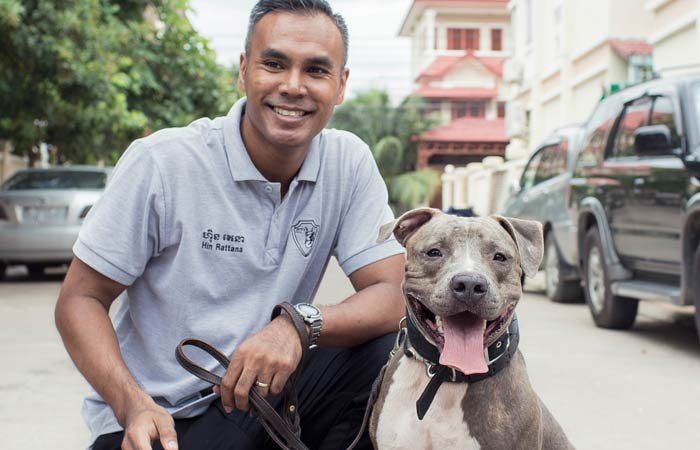
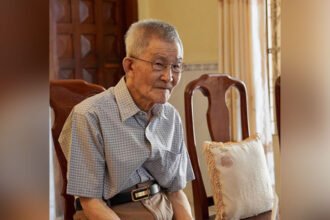
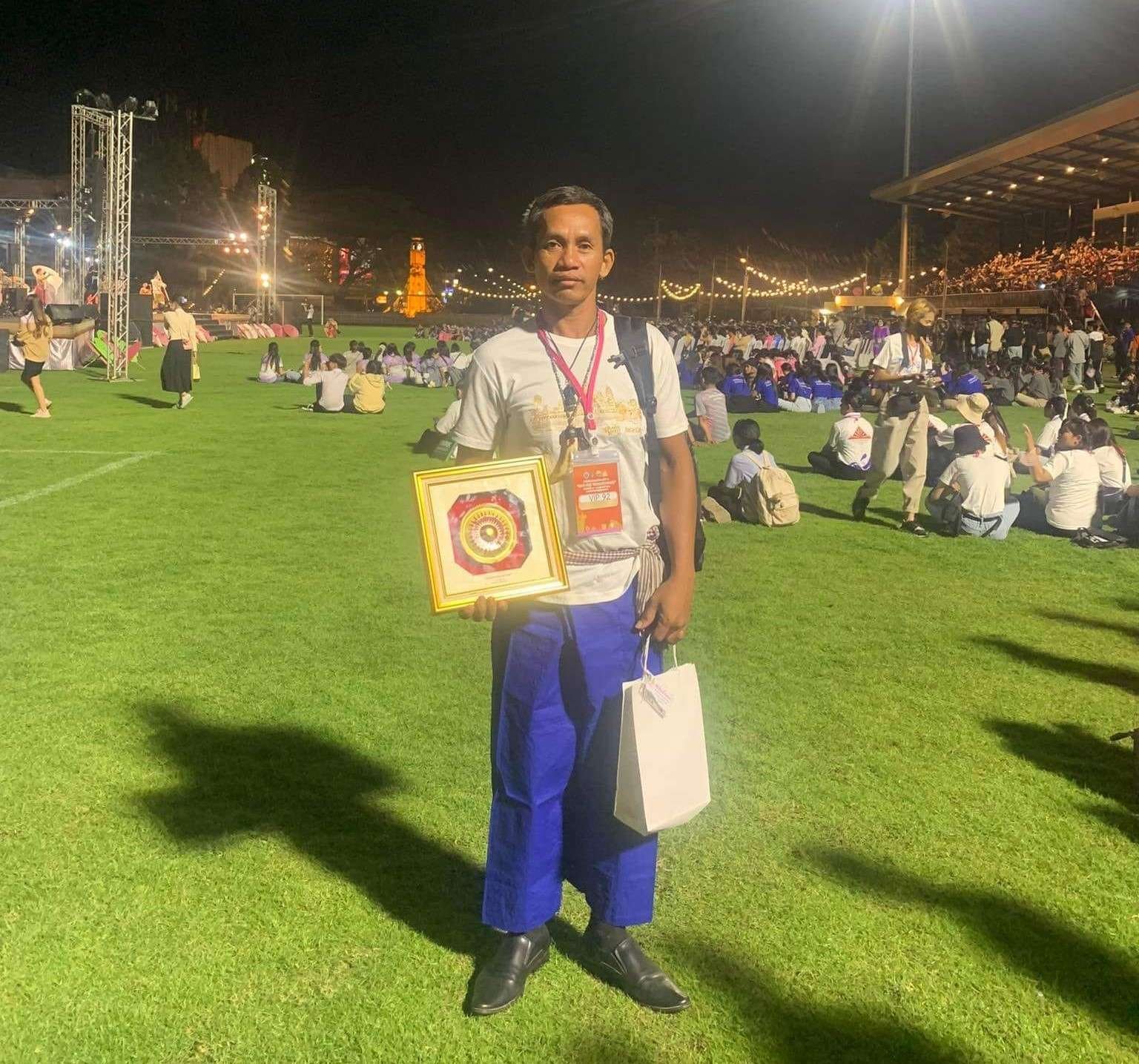

Hi thebettercambodia.com admin, Your posts are always well-received and appreciated.
To the thebettercambodia.com owner, Your posts are always well researched.